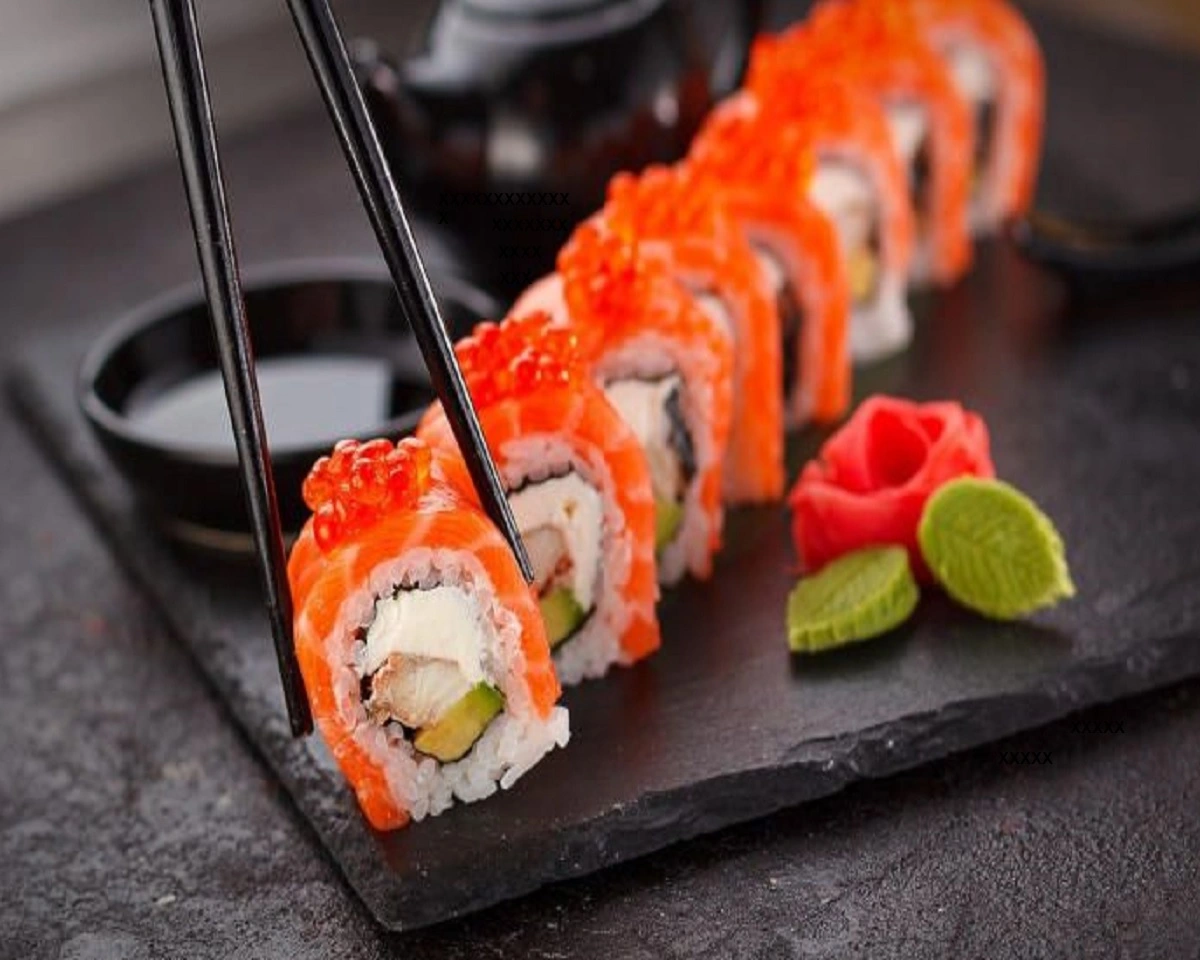Sushi, a traditional Japanese delicacy, has gained immense popularity around the world. With its combination of fresh fish, vegetables, and seasoned rice, sushi offers a unique and flavorful dining experience. However, a common question that arises among sushi enthusiasts is: how much sushi is needed to feel full? In this article, we will explore the factors that influence sushi consumption and provide insights into finding satisfaction with this delectable cuisine.
Understanding sushi portions
When it comes to sushi, the serving sizes can vary depending on the type of sushi and the establishment you visit. Sushi is typically served in rolls or individual pieces. A standard sushi roll consists of a seaweed wrapper, rice, and various fillings, such as fish, vegetables, or tempura. On the other hand, individual sushi pieces, known as nigiri, feature a small mound of rice topped with a slice of fish or other ingredients.
Factors that influence sushi consumption
The amount of sushi needed to feel full can differ from person to person. Personal appetite plays a significant role in determining how much sushi one requires. Additionally, factors like body size and metabolism can affect the amount of food needed to reach satiety. Furthermore, the types of sushi and fillings chosen can influence the overall satisfaction and fullness experienced.
Caloric content of sushi
To understand how much sushi is required to feel full, it’s essential to consider the caloric content. Sushi rice, the main component of most sushi, contributes to the calorie count. Additionally, the type of fish, sauces, and condiments used in sushi preparation can vary in caloric density. Opting for healthier sushi options, such as sashimi or rolls with fresh vegetables, can help manage caloric intake while still providing a satisfying meal.
Strategies for satisfying your appetite with sushi
There are several strategies you can employ to ensure you feel full and satisfied when enjoying sushi. One approach is to combine different types of sushi, such as ordering a mix of rolls and nigiri. This variety can provide diverse flavors and textures, enhancing the overall dining experience. Alternatively, incorporating other dishes like miso soup, edamame, or seaweed salad can complement your sushi consumption and add nutritional value to your meal. Lastly, listening to your body’s cues and eating mindfully can help gauge when you’ve reached a comfortable level of fullness.
Cultural and social aspects of sushi consumption
Sushi is not just a meal; it is often a shared experience among friends, family, or colleagues. The social aspect of sushi dining adds to the enjoyment of the meal. Etiquette and dining customs, such as using chopsticks correctly and not rubbing them together, contribute to the cultural experience of sushi consumption. It’s important to remember that sushi is best enjoyed in moderation, respecting the tradition and culture it represents.
Conclusion
Determining how much sushi is needed to feel full can be subjective, as it depends on various factors such as personal appetite, body size, and the type of sushi consumed. It’s crucial to listen to your body’s cues and find the right balance that leaves you feeling satisfied without overindulging. Remember to enjoy sushi as part of a balanced diet and appreciate the cultural significance it holds.
FAQs
1. How many sushi rolls should I order?
The number of sushi rolls you should order depends on your appetite and the size of the rolls. As a general guideline, two to three rolls are usually sufficient for a single person.
2. Are vegetarian sushi rolls filling?
Yes, vegetarian sushi rolls can be filling, especially when they contain ingredients like avocado, cucumber, and other vegetables. These rolls provide a satisfying meal option for vegetarians and vegans.
3. Does sushi always include raw fish?
No, sushi does not always include raw fish. While raw fish is a common ingredient in sushi, there are various types of sushi that feature cooked or vegetarian fillings.
4. Can sushi be a part of a healthy diet?
Yes, sushi can be part of a healthy diet. Opting for sushi with fresh fish, vegetables, and minimal sauces can provide a balanced meal. However, it’s important to consume sushi in moderation and be mindful of portion sizes.
5. What are some alternatives to sushi?
If sushi is not your preference, there are several alternatives you can explore. Some options include Japanese dishes like ramen, udon, tempura, or other international cuisines that offer a variety of flavors and textures.

